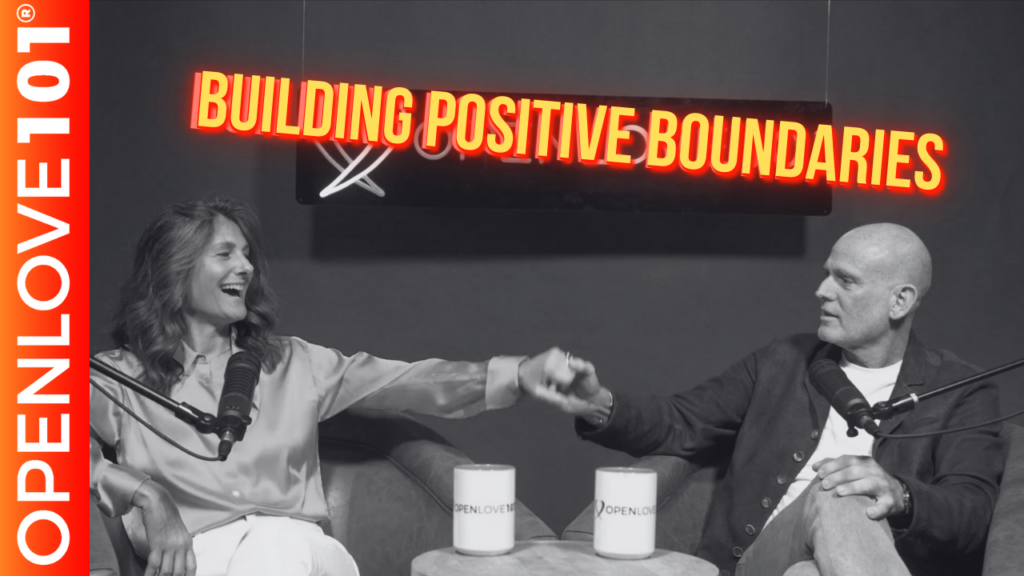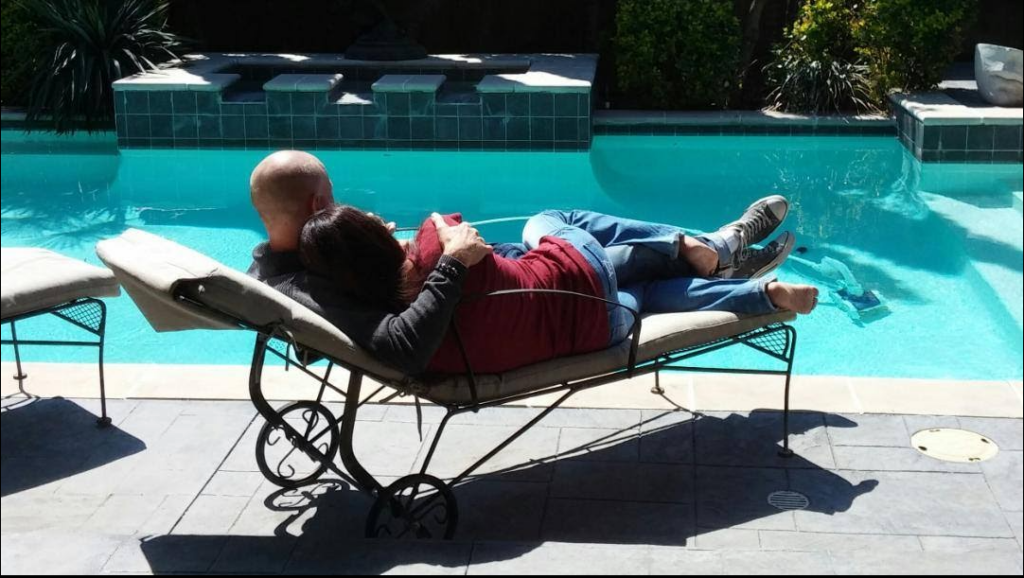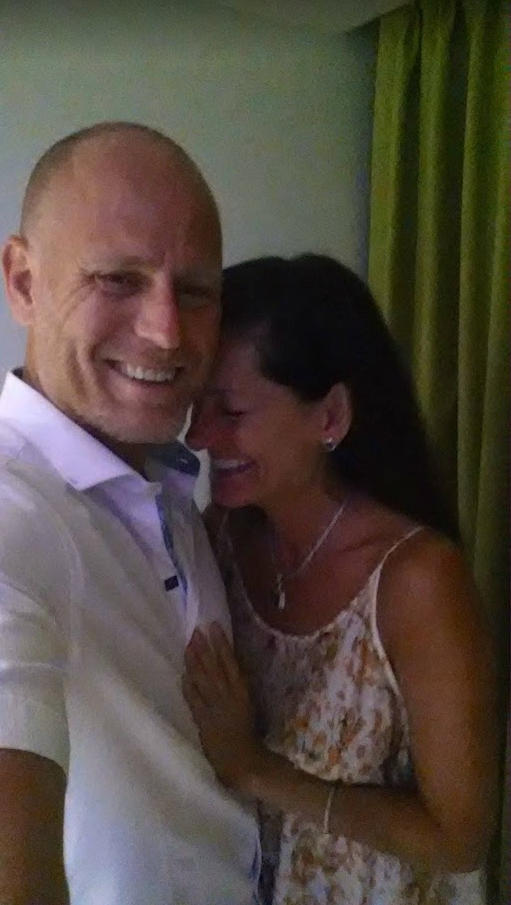By: Jackie Melfi
Definition of boundaries from Oxford language: “a line that marks the limits of an area.”
What are relationship boundaries?
A way for each individual within the relationship to acknowledge their comfort zones.
Why do we have boundaries?
In a relationship (or with anyone for that matter) being able to articulate where we begin (or end) and another person starts helps us know what is expected. An intimate and vital acknowledgement of each other’s parameters. Boundaries acknowledge our self-esteem, our self-love, and the confidence we have for the relationship and for ourselves. It lets others know what we do and don’t want to do.
When we talk about setting boundaries in the swinging lifestyle what are we talking about?
Boundaries in an open relationship are simply an extension of the boundaries we will have already set with our partner. Whether we realize it or not we set boundaries of behavior every single day. We do this through our yes and no. No, I don’t want to go skydiving. Yes, I want to eat Italian tonight. We think of our yes or no more along the lines of decisions and not boundaries, but the roots come from the same source. It’s about defining ourselves and our comfort levels.
*In the world of swinging, boundaries expand out into territory that is uncharted for most of us. If you’re like me, a person growing up under monogamous teachings, making decisions about whether or not I’m comfortable with my partner(or myself) touching, kissing, or having sex with someone else would never even be a topic of conversation. As a result they become silent “boundaries” based on the relationship platform. When we strip away the platform, we are left with inadequate tools of navigation.
How do boundaries help us?
They give clear messages of our comfort and discomfort in given situations. Boundaries are a window into our self esteem, how we view our relationship, attachments, fears, trust, honesty, expectations, and of course love. They can be a gauge of growth and can also show us our strengths. When we know where we stand and where our partner stands, it brings about a sense of relief, assurance, and trust.
While boundaries are a vital and necessary part of relationships, what we’ve found happening more and more is how boundaries stem from a list of don’ts than a checklist of do’s. We sit down with our partner and pour over what we don’t want to do and what we don’t want our partner to engage in. When we take this approach we are instantly coming from a place of hunger, of limitation, of negativity.
What we propose is a shift in thinking. A way to communicate from a place of positivity, fullness, and expansion. Instead of zeroing in on what we don’t want, let’s discuss what we do like.
If we list all the experiences we want to engage in, what we are saying is these are all the things I want to do. Once your partner has made his wish list or comfort list, then you’ll know all the things they are curious to explore. In addition, both partners need to list out what they would like to see their partner engage in or try. There you go…two lists from which to explore! The results of these lists is a shift in perception. Now we all know what we can try, what our partner wants to try and how we can assist in making those happen. It’s a yes, yes, yes atmosphere as opposed to a no, no, no environment. Think about it, how do you feel about all the things you shouldn’t do? Nervous? Pressured? Hesitant? Unsure? Now think about when you are encouraged to grab for what people (or yourself) want? Gusto! Giddy! Relaxed! Happy!
What should the lists look like?
The biggest change will be what we write or discuss. We will talk only about what we ARE willing to do and what we would like to see our partner do. This list is the starting line. A baseline from which to begin exploration. You only focus on what the list maps out. This list will be where future lists will stem. Only do what is listed. Enjoy these moments. Embrace the playtime wrapped up in what is possible, instead of pushing an envelope. You have plenty of time to grow in the ebb and flow of open relationships.
The list is full of yes! This creates a platform of support and encouragement from our partner. How great is that?! Who doesn’t want to have a cheerleader on the sidelines?! Who better than the person closest to us, the person who cares for us, and the person who wants us to be our best!
The list can and should be revisited. Set a timeline to check in with each other on any additions. Maybe we saw a new kind of sex play and are curious to try it out. Add it to what you want to try or what you’d like to see your partner try. Discuss, tweak, and continue forward. Remember if it’s not on the list it’s off the table. Also, just because you’ve added or listed something you want to try, it doesn’t automatically mean your partner will be down with it. Nor does this mean just because your partner wants to see you in a gang bang you’ll want to participate in one. It’s a map of possibilities. Adjust the comfort level accordingly.
Boundaries like I stated earlier is an ebb and flow kind of tactic. A way to keep our desires and fantasies on the table for discussion. A way to grow together and a way to be supportive of each other. The boundaries you both agree to will be the well lit path you can take together. The boundaries on the outer limits can remain there indefinitely or shift and move according to the couples comfort levels. Sometimes we have to grow comfortable where we are before embarking on deeper growth. All of this is cause for celebration and gratitude.
Remaining grateful for the experiences you are able to access with each other will bring you closer and will level you up as the gamers say. The more you share the more intimate your lives become.
How do boundaries help us?
They give clear messages of our comfort and discomfort in given situations. Boundaries are a window into our self esteem, how we view our relationship, attachments, fears, trust, honesty, expectations, and of course love. They can be a gauge of growth and can also show us our strengths. When we know where we stand and where our partner stands, it brings about a sense of relief, assurance, and trust.
While boundaries are a vital and necessary part of relationships, what we’ve found happening more and more is how boundaries stem from a list of don’ts than a checklist of do’s. We sit down with our partner and pour over what we don’t want to do and what we don’t want our partner to engage in. When we take this approach we are instantly coming from a place of hunger, of limitation, of negativity.
What we propose is a shift in thinking. A way to communicate from a place of positivity, fullness, and expansion. Instead of zeroing in on what we don’t want, let’s discuss what we do like.
If we list all the experiences we want to engage in, what we are saying is these are all the things I want to do. Once your partner has made his wish list or comfort list, then you’ll know all the things they are curious to explore. In addition, both partners need to list out what they would like to see their partner engage in or try. There you go…two lists from which to explore! The results of these lists is a shift in perception. Now we all know what we can try, what our partner wants to try and how we can assist in making those happen. It’s a yes, yes, yes atmosphere as opposed to a no, no, no environment. Think about it, how do you feel about all the things you shouldn’t do? Nervous? Pressured? Hesitant? Unsure? Now think about when you are encouraged to grab for what people (or yourself) want? Gusto! Giddy! Relaxed! Happy!
What should the lists look like?
The biggest change will be what we write or discuss. We will talk only about what we ARE willing to do and what we would like to see our partner do. This list is the starting line. A baseline from which to begin exploration. You only focus on what the list maps out. This list will be where future lists will stem. Only do what is listed. Enjoy these moments. Embrace the playtime wrapped up in what is possible, instead of pushing an envelope. You have plenty of time to grow in the ebb and flow of open relationships.
The list is full of yes! This creates a platform of support and encouragement from our partner. How great is that?! Who doesn’t want to have a cheerleader on the sidelines?! Who better than the person closest to us, the person who cares for us, and the person who wants us to be our best!
The list can and should be revisited. Set a timeline to check in with each other on any additions. Maybe we saw a new kind of sex play and are curious to try it out. Add it to what you want to try or what you’d like to see your partner try. Discuss, tweak, and continue forward. Remember if it’s not on the list it’s off the table. Also, just because you’ve added or listed something you want to try, it doesn’t automatically mean your partner will be down with it. Nor does this mean just because your partner wants to see you in a gang bang you’ll want to participate in one. It’s a map of possibilities. Adjust the comfort level accordingly.
Boundaries like I stated earlier is an ebb and flow kind of tactic. A way to keep our desires and fantasies on the table for discussion. A way to grow together and a way to be supportive of each other. The boundaries you both agree to will be the well lit path you can take together. The boundaries on the outer limits can remain there indefinitely or shift and move according to the couples comfort levels. Sometimes we have to grow comfortable where we are before embarking on deeper growth. All of this is cause for celebration and gratitude.
Remaining grateful for the experiences you are able to access with each other will bring you closer and will level you up as the gamers say. The more you share the more intimate your lives become.
Thoughts to ponder:
When we build on positive experiences we are much more inclined to come away with a better view of what happened, as opposed to looking out for ways our partner is messing up.
Build a coalition with each other. Achieve these unison goals several times before checking back in with the list.
Do we receive more enjoyment from giving our partner what we know they want as opposed to what they don’t want? How does having a list of what our partner doesn’t want instead of what they do change how we operate?
Do we become more focused on disappointing our partner from their list of don’ts then centered on their list of do’s? Example: I want you to kiss my neck? So your partner kisses your neck. I’ve decided I want you to kiss my collar bone too. Now your partner has more options…not less. You get to add to the list not subtract. So it feels like progress because it is progress.
You see, when we focus on what we don’t want our partner to do, it surfaces our fears.
When we set our sights on what we do want, it surfaces excitement.
What would happen if we focused on the experiences we want to take place? Not so much on where limits are but in where our boundlessness exists? Does this alter our perception?
Make a list of all the things you want to see your partner experience? Have your partner list out all the things they want to watch you experience? Where you align, make those experiences the goal.
We’ve included some sample lists to help get you started. Don’t panic if each other’s lists are different. Not everyone is in the exact same comfort space and that’s okay. For instance, John might be perfectly okay with me kissing whomever, but I might only be comfortable with John kissing me. So now we know I can kiss anyone and John can kiss me. Again, stay zeroed in on the blessings each list reveals and stick with each other’s comfort levels. Trust is built through trust. Showing our partner we can be a source of certainty will help comfort levels expand.
Ex: Positive Boundary List For Partner
What I want to see my partner experience or Things I’m okay with my partner doing.
- Kissing another person.
- Have sex with another person.
- Go on dates (dinner, movie) with another person.
- Text with another person. I do not need to be included in the conversation.
- Calls with another person. Again, I do not need to be included in the conversation.
- My partner can hook up with people while on trips alone.
- My partner can interact with either gender.
- My partner can participate in 3somes or orgies or group sex.
- Blowjobs are okay. Oral sex is okay.
Ex: Positive Boundary List For Self
- Kissing others
- Flirting with others.
- Playing alone.
- Sex with partner after playdate.
- Going on dates with men.
- Texting, talking on the phone.
- Sex with other men.
- Blowjobs, oral sex, group sex, gang bangs




